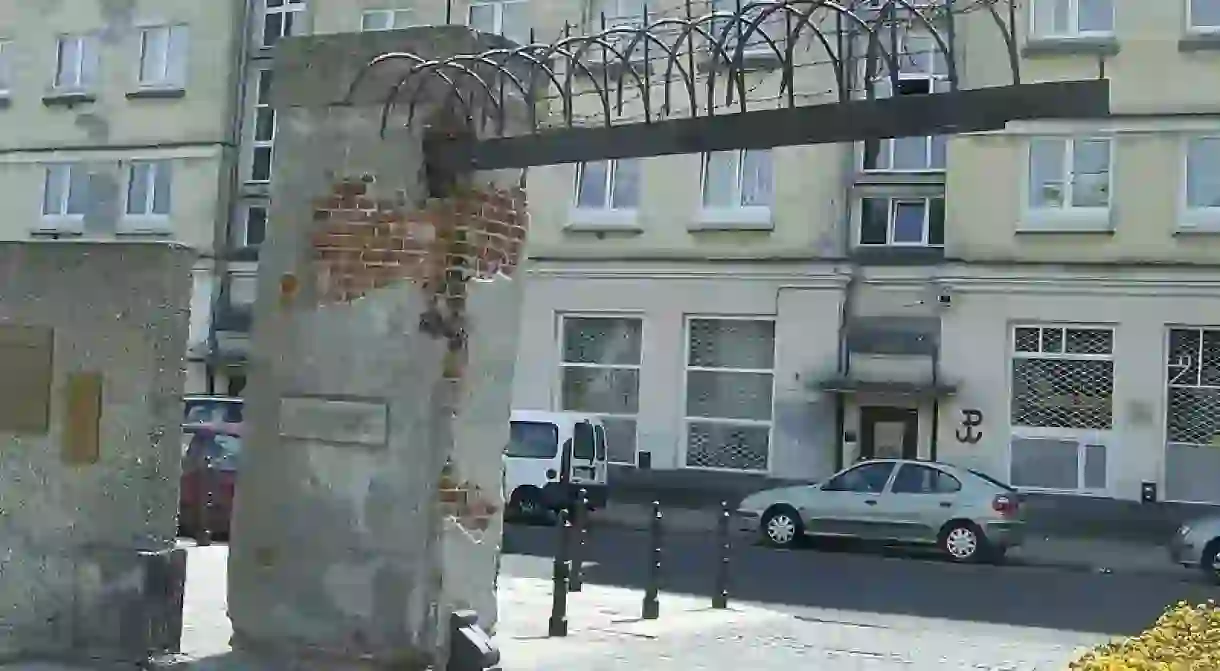The 6 Most Unusual Museums in Warsaw, Poland

Warsaw is a city packed with all sorts of museums. The most popular of these remain the Frederic Chopin Museum, the Nicolaus Copernicus Museum and the important Warsaw Uprising Museum. These three obvious museums are joined by the National Museum and the Marie Skłodowska Museum for being well-known and busy tourist museums. But in order to delve deeper into Warsaw’s more raw culture, you’ll have to visit these six unusual museums, which have a reputation for peeling back a few more layers of this city’s rich history.
Koneser Vodka Museum
Distillery, Museum

Although vodka consumption is one of the most popular pastimes among Polish people, the impressive Vodka Museum still remains an off-the-beaten path gem. Housed in a former Koneser Vodka distillery, this is a museum in a building with real history. It’s one of the few vodka museums around the world that is housed in a place that used to distill vodka in mass quantities. What’s even more intriguing is that it is in a very local part of Warsaw, the trendy up-and-coming Praga neighbourhood. The main theme of the museum’s elaborate exhibition is the journey it takes you on through the 600-year history of vodka production in Poland. The museum was the brainchild of the Pernod Ricard Group, who have similar museums in other countries. Also near the museum is Ząbkowska Street, which is one of the oldest streets in Warsaw and now houses some very cool cafes and bars.
Neon Museum
Museum

Pawiak Prison Museum
Building, Museum

Muzeum Plakatu / Poster Museum
School, Museum

Muzeum Czar PRL
Museum

The Muzeum Czar PRL is a real treat for those who want a glimpse of communist times in Poland. The country was known as PRL (Polska Rzeczpospolita Ludowa) from 1952 to 1990 and was an important part of the eastern block. This museum manages to capture the highlights and lowlights from that era. The museum was founded by local travel guides Rafał and Marta Patla, who love to show the various stages of Polish history. Inside, expect to find all sorts of items, paraphernalia and family memorabilia to create a constant display of the communist regime. To add to the quirkiness of the experience, the museum is housed in a garage in a Soho Factory in Warsaw’s Praga district.
Gasworks Museum
Museum

Another cool museum in Warsaw worth checking out, yet often neglected by everyday tourists, is the Warsaw Gasworks Museum. The museum is in a large area with 12 main buildings to explore, many of them are typical examples of Polish industrial architecture dating back to the late 19th and early 20th centuries. The main museum is indoors, but the grounds are worth exploring from the outside too. It is located in the city’s Wola district and the area still has broken windows, decaying bricks and overgrown grass. The museum is free entry and is well connected by public transport, but has limited opening hours and is closed on weekends.













